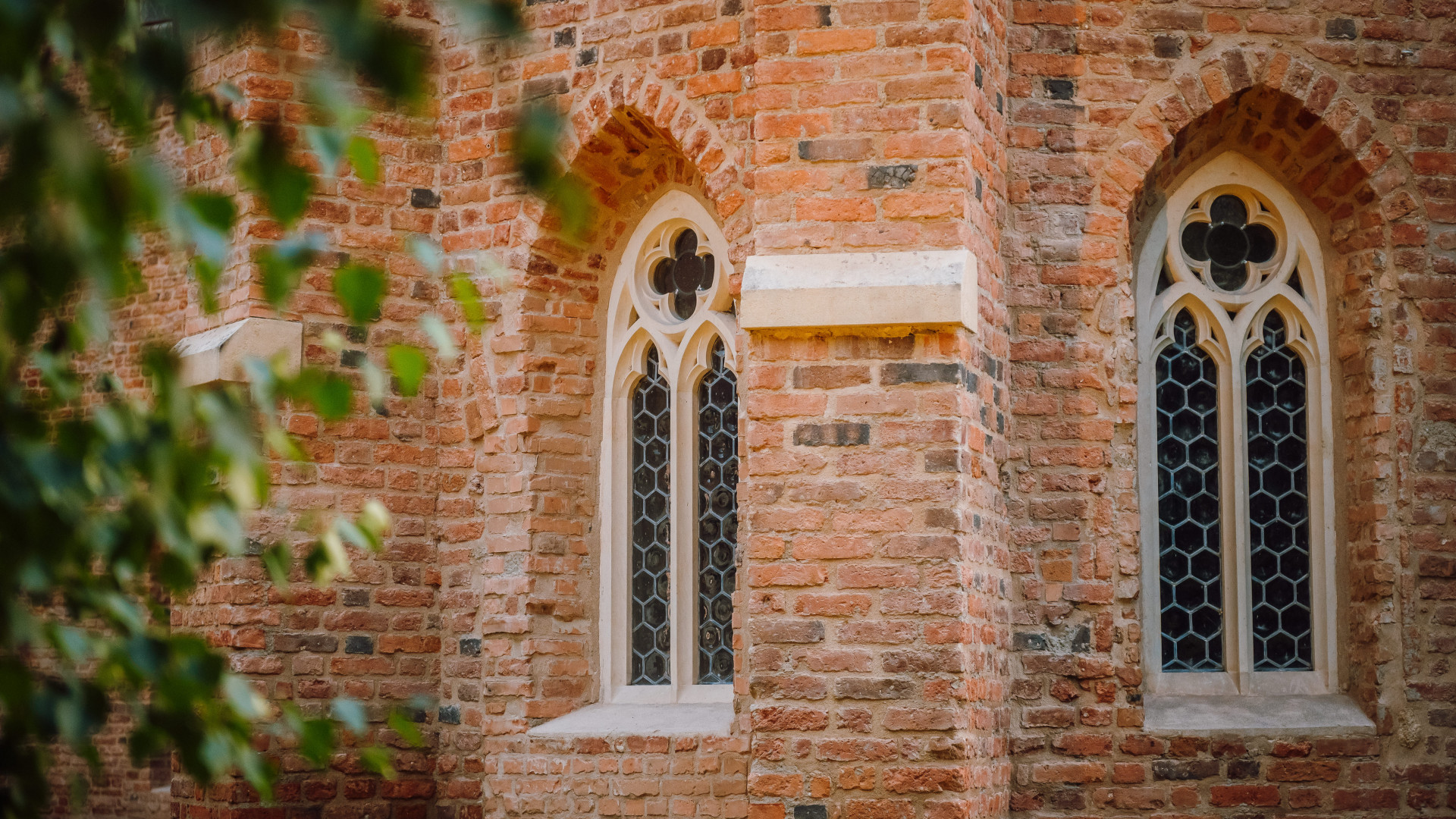Churches
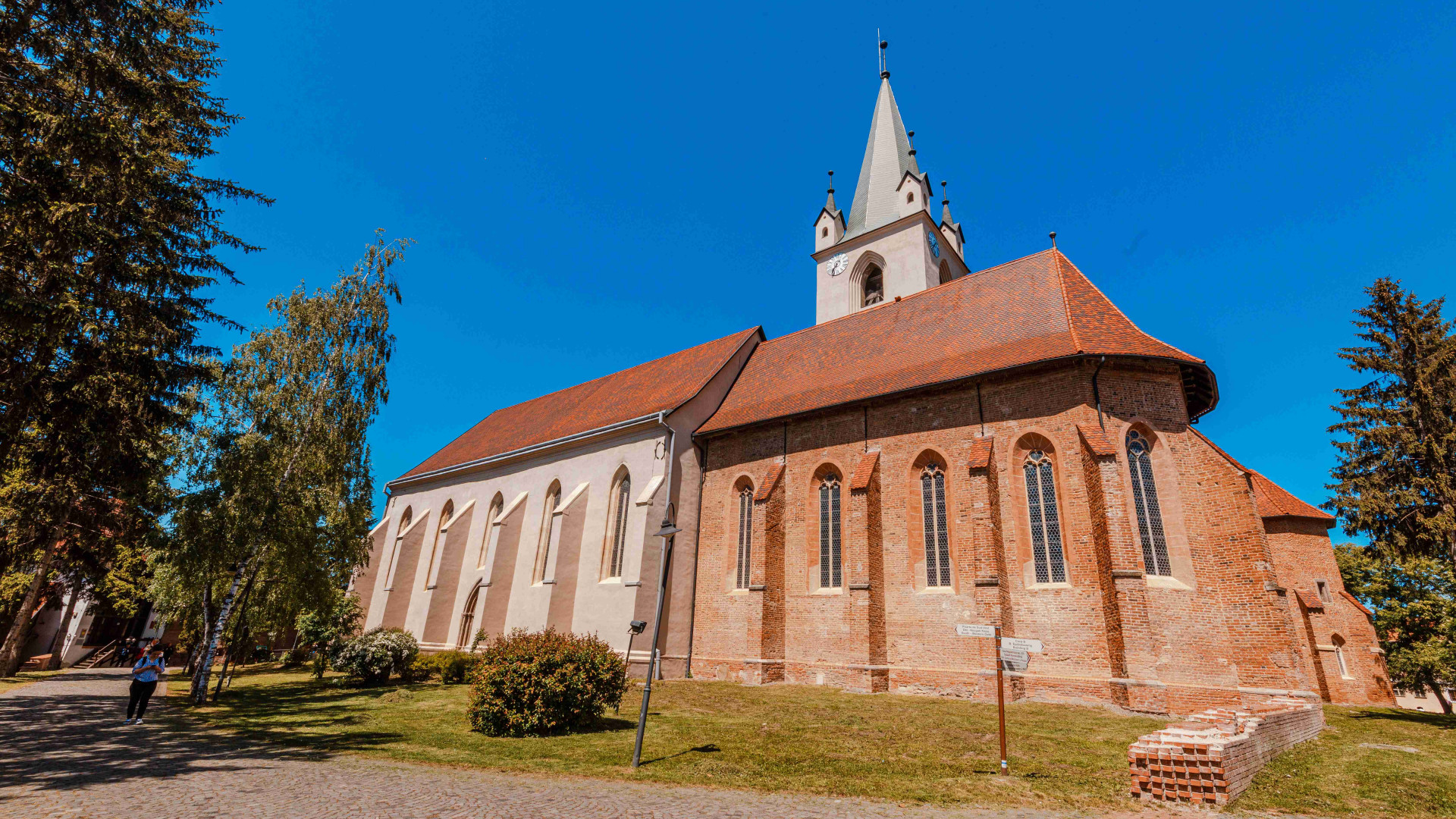
The Reformed Church in the Citadel
Built inside a Franciscan monastery, the first document that mentions this church dates from 1332. The entire monastery complex was finished by the 1450s, becoming the largest and most important Franciscan settlement in Transylvania. It could accommodate 1200 parishioners and it was authorized by the Pope to organize pilgrimages. Following the religious reform initiated by Martin Luther in the 16th century, most of the population in Tg.-Mureș converted from Catholicism to the reformed religions. As a result, the Franciscan community was expelled from the city centre and the monastery and church in the fortress came into the possession of the Reformed Church, to which it belongs today.
Learn more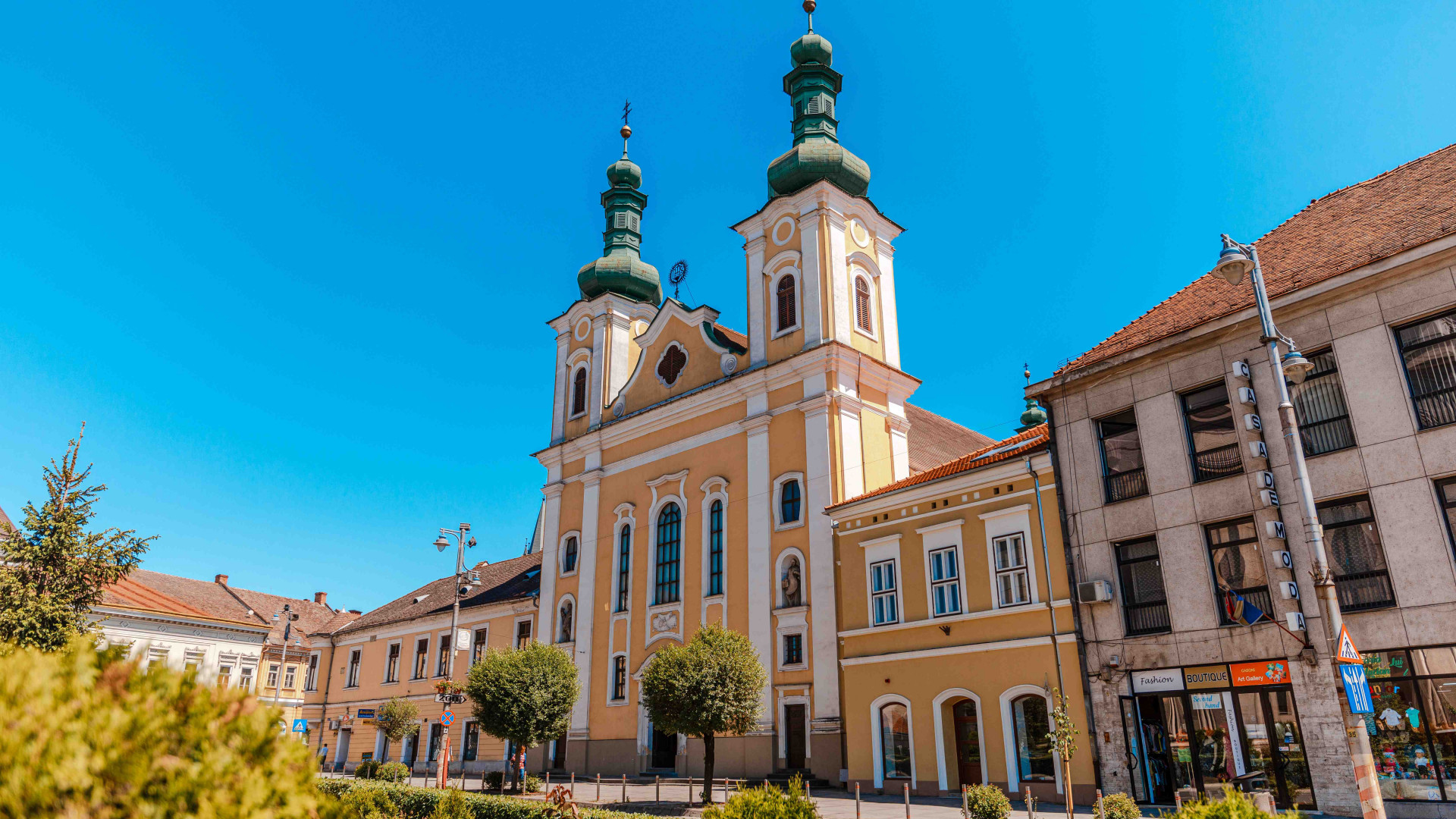
Church of Saint John the Baptist
The Jesuit monks arrived in Tirgu Mures, thanks to the mission of the churches in Vienna, and built a church similar to the churches in Rome. The church plan is rectangular. The main ship is joined by 3-3 chaps on the side. The altar is right, sitting in the middle surrounded by a sacristy and chapel, being orthodox and galleries at the upper level. In the basement of the church, under the chapels, there is a crypt where several important people of the Catholic community are buried. The Parish Building was known as the monastery of the Jesuit monks. The building deserves special attention due to the fact that it is among the few buildings built in the 17th century. Here is the oldest text on the wall of an edifice in the city.
Learn more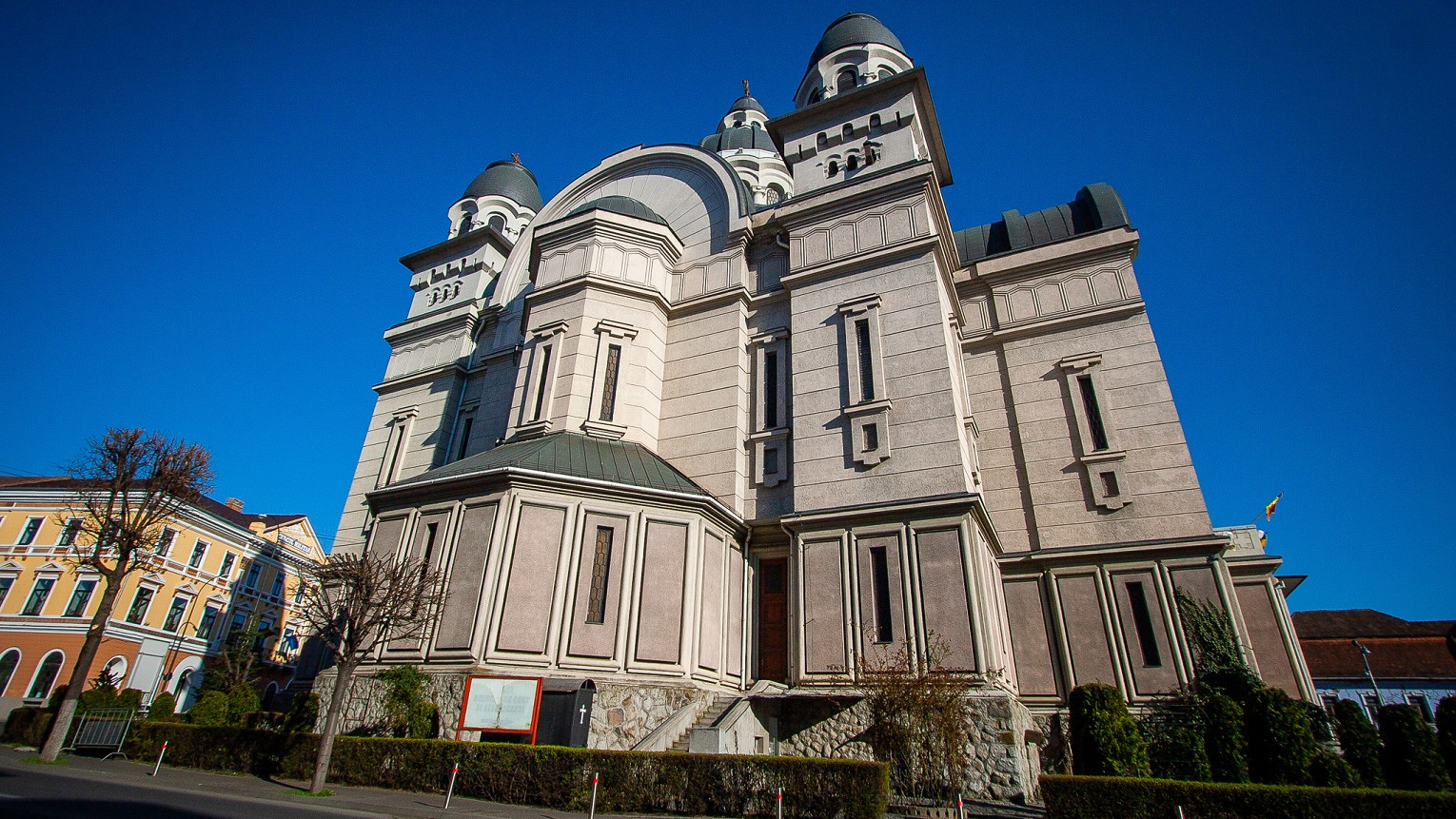
Ascension Orthodox Cathedral
The unification of Transylvania with Romania following the First World War had immediate consequences on the organization of the Orthodox Church in the principality. In 1925, a law is being enacted to strengthen religious unity throughout the country. Also during this period a real campaign for the construction of ecclesiastical edifices in Transylvanian urban centers is started, in order to correspond to the true numerical situation of the Orthodox communion. Proof of the flourishing of the Romanian-Orthodox spirituality after 1918 are the imposing churches built in Cluj Napoca, Alba-Iulia, Timișoara and Târgu-Mureș. This Cathedral is the first building in the center of Targu Mures erected from Romaian fonds, in an ambience dominated by Austro-Hungarian Empire’s architectural style. On the right is the Roman Catholic Church, built by Jesuit monks in Baroque-style, and on the left side are the Köpeczi Tamás House, the "House on the bows", the Apollo Palace and the Tower of the Franciscan Church, demolished due to the construction of the National Theater. Observing the historical evolution of the city over the centuries, it is obvious that the rise of this church is a symbolic act that confirms the political, social and religious reality after the Great Union. Source: cultura.inmures.ro
Learn more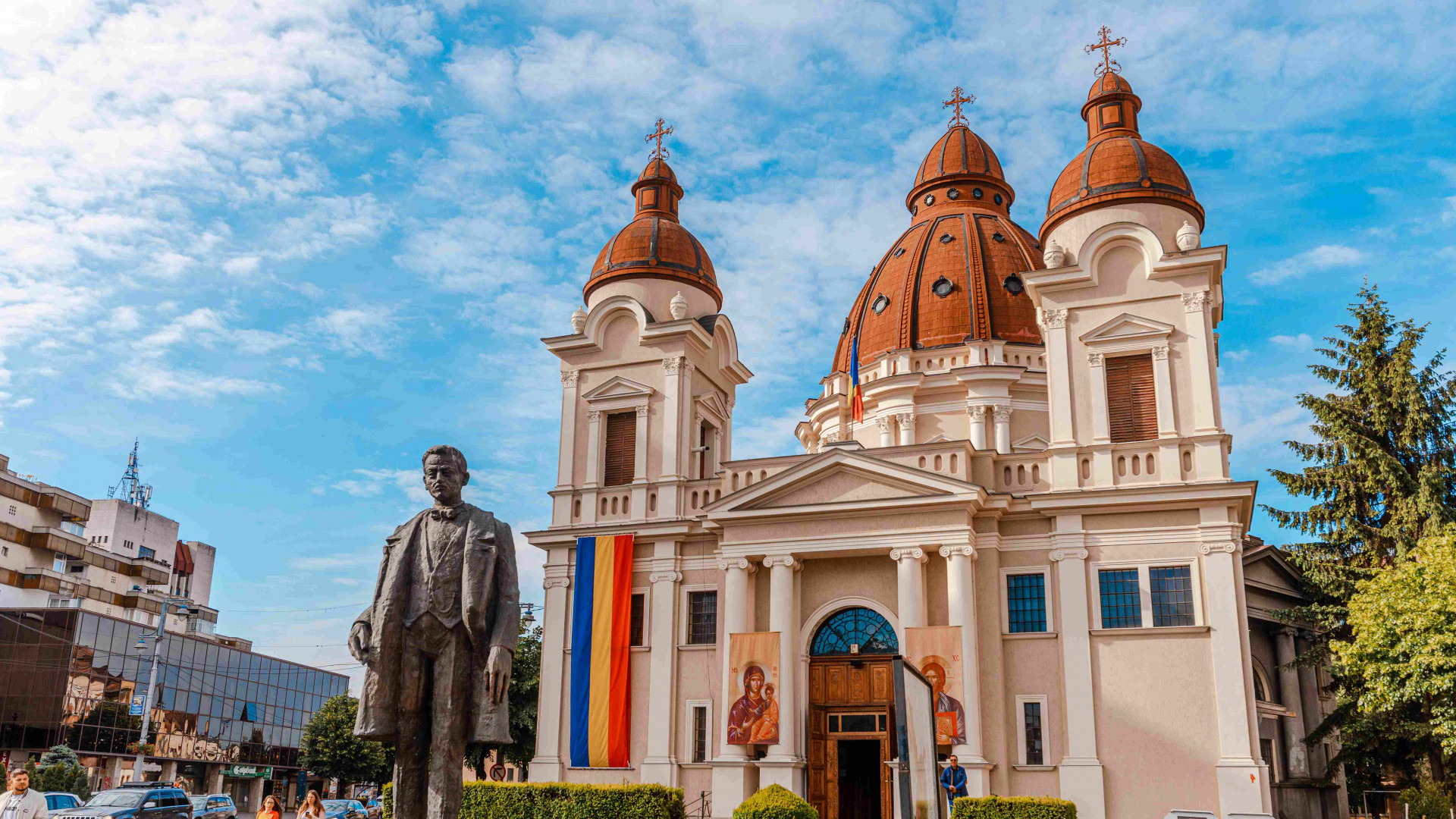
Annunciation Cathedral
The Annunciation Cathedral in Târgu Mureş, known also as the Small Cathedral is located in the city center, next to the mayor's office. Its size is not reflecting a small cathedral, but rather a larger chapel. Built in 1926-1936, the church was designed in the style of St. Peter's Basilica in Rome, and also named after. It was consecrated on September 8, 1936. In 1948, the communist regime banned the Greek Catholic Congregation, so the church was received by the Greek Orthodox. The Romanian Greek Catholic Church has repeatedly requested the return of the building, but this has not yet happened
Learn more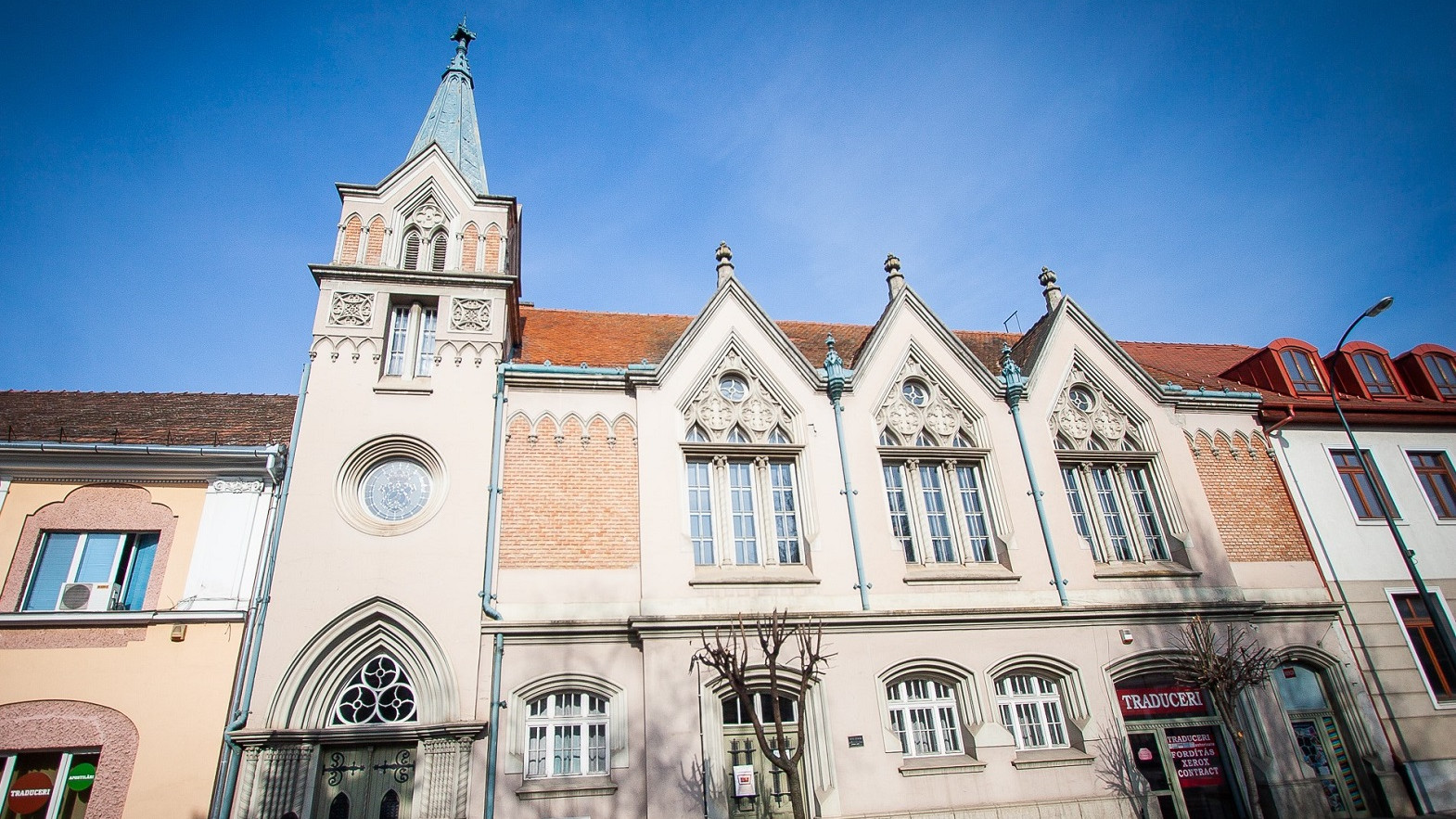
Unitarian church - Târgu Mureș
The Unitarian Church in Bolyai Square is a neo-Gothic style building built between 1929-1930 in the city of Târgu Mureş. The building plans were made by Kálmán Patrovits and the builder was Dezső Bustya. In 1930, the church was sanctified by the Bishop of the Church of Unitarians from Transylvania, Dr. György Boros.After the completion of the construction, the former constructor donated the pipe organ to the church, which is still used today in the worship place.Source: wikipedia
Learn more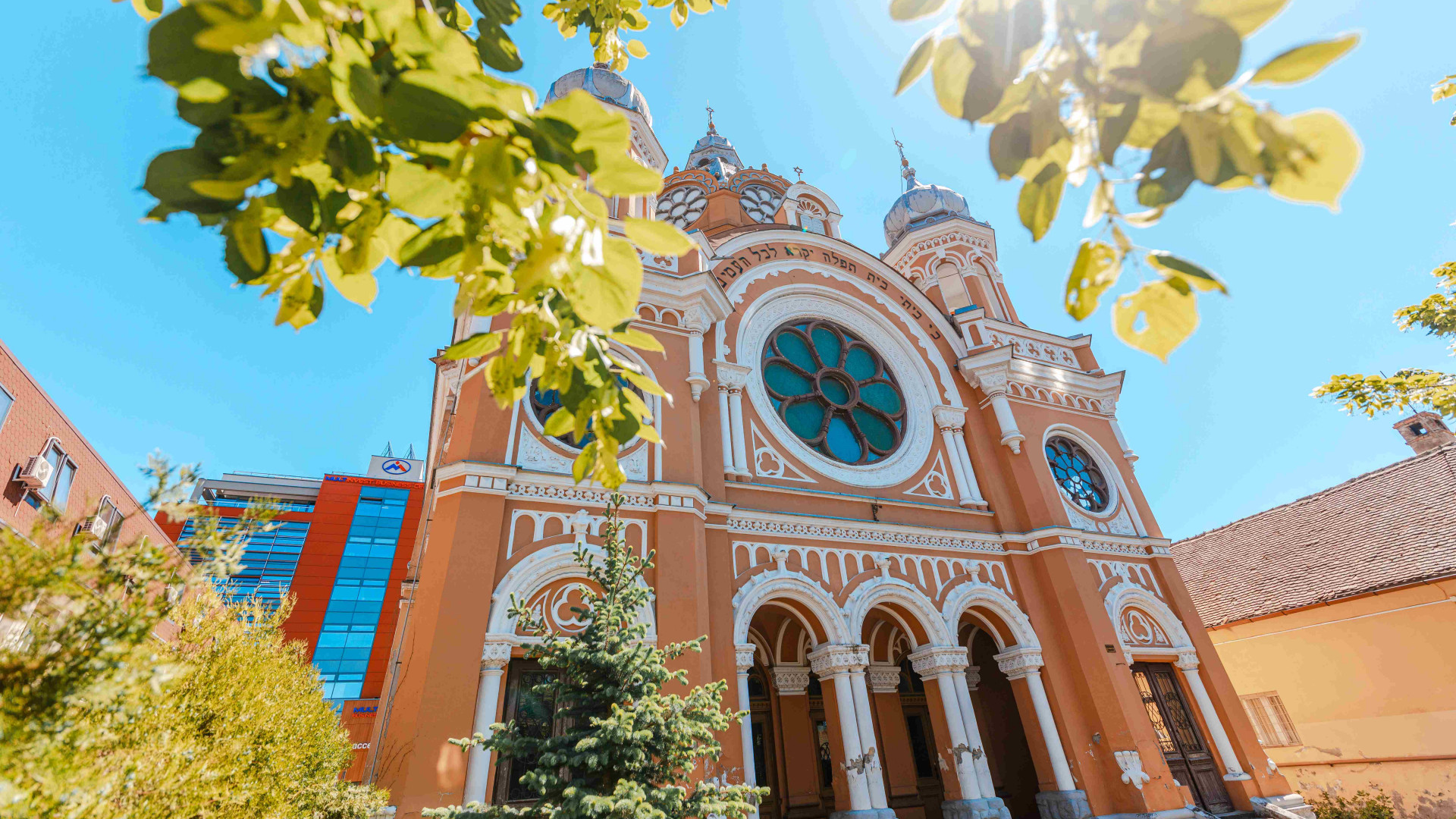
Status Quo Ante Synagog - Târgu Mureș
The Synagogue Status Quo Ante is a place of worship for the Jewish community in Târgu Mureş , first certified in 1682. The Jewish population played an important role in the city's development . The Jews were industrialists, publishers, merchants, doctors, bankers, lawyers, teachers, and small craftsmen. The construction initiative was initiated by the Jewish community "Status Quo", detached from the Orthodox community of Transylvanian Jews in the nineteenth century. Eclectically styled, it is remembered as the largest synagogue in Transylvania. It has a large central tower with rosettes and the octagonal lateral turrets staring at David's Star. On the facades of the two small towers there is a floral rosette . The synagogue was not only a place of prayer, but also a meeting place for the Jewish community in the city. The inauguration took 3 days and 3 nights. Inside the building is the Jewish Community Museum in the city.
Learn more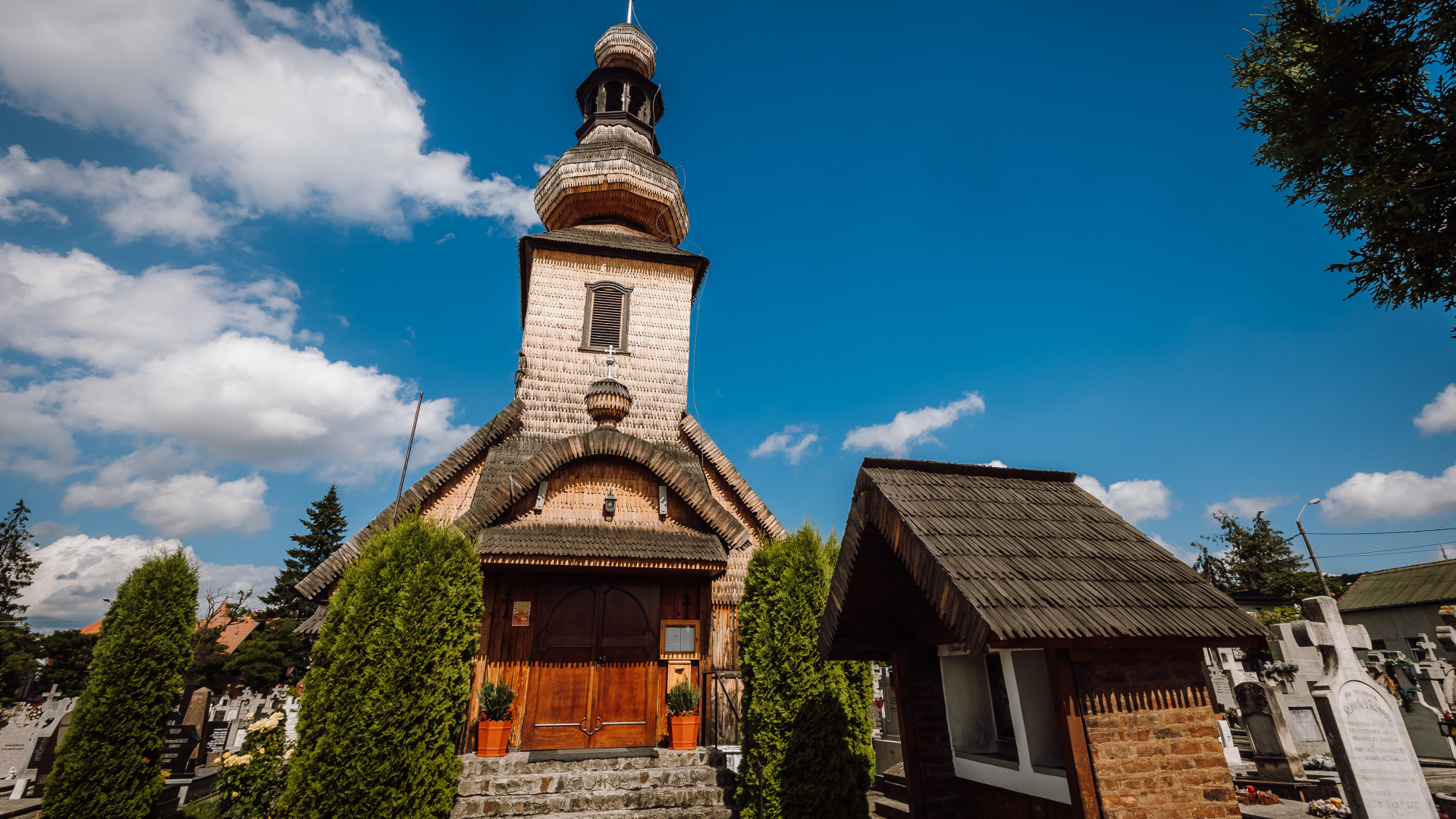
The wooden church in Târgu Mureș
The wooden church 'Saint Archangel Michael' was built between 1793-1794, being the oldest Orthodox church in Târgu Mureș. It has a simple rectangular plan with a pentagonal apse and a shingle roof. The bell tower has a large and a smaller bulb, and the iconostasis and interior paintings were made in 1814 by the craftsmen Bon Vasile and Popa Nicolae. The history of this church is linked to an episode in the life of Romanian poet Mihai Eminescu, who spent a night in the bell tower of the church in 1866, at the age of 16, on his way to Blaj, a fact that was later mentioned in one of his poems.
Learn more